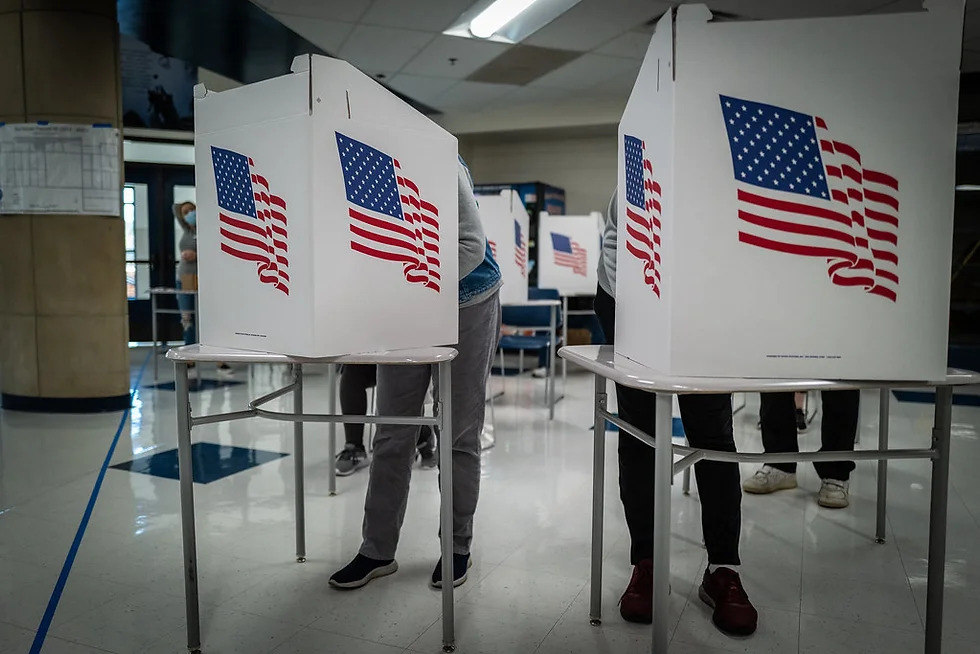The rapid growth of artificial intelligence (AI) poses a significant challenge to the upcoming 2024 campaigns: the proliferation of fake videos known as deepfakes. With the accessibility of AI-powered tools, millions of individuals now have the ability to create deceptive political content, blurring the lines between reality and fabrication.

Understanding Deepfakes:
Deepfakes are manipulated videos that falsely depict individuals saying or doing things they never actually did. By leveraging AI-powered software, realistic images and videos can be generated, making it increasingly challenging to distinguish between genuine and fake content.
Implications for Political Landscape:
Deepfakes have been used for various purposes, including entertainment, journalism, and political propaganda. In the 2020 U.S. presidential election, deepfakes were employed to disseminate misinformation about candidates, highlighting their potential impact on public perception.
Escalating Threats in the 2024 Campaigns:
As AI technology advances, the creation of deepfakes becomes more accessible and cost-effective. This implies that anyone with a computer and internet connection can create and disseminate fake videos that hold significant influence over the electoral process.
Combating the Deepfake Threat: Various measures can be taken to mitigate the threat of deepfakes and preserve the integrity of the 2024 campaigns:
a. Social media platform initiatives: Social media platforms can develop tools to help users identify and flag fake videos, enabling swift action against disinformation.
b. Media responsibility: Media outlets should strengthen fact-checking procedures for videos before publication, ensuring accurate reporting and limiting the spread of deepfakes.
c. Vigilant skepticism: Voters must exercise skepticism when encountering videos online, conducting independent research to verify the authenticity of content rather than relying solely on visuals.
d. Voter education: Educating voters about the existence and dangers of deepfakes is crucial. Promoting awareness and imparting skills to identify unnatural movements or inconsistencies in audio and video can empower individuals to discern real from manipulated content.
e. Technological advancements: Researchers are actively working on developing new technologies that can automatically detect deepfakes. Integrating such technologies into social media platforms and websites can help flag and remove fake videos efficiently.
f. Legal frameworks: Governments can enact laws and regulations governing the creation and use of deepfakes, particularly those intended to deceive or harm others. Legal measures would act as a deterrent and provide a framework for addressing deepfake-related offenses.
Conclusion:
The growing threat of deepfakes necessitates a comprehensive approach to safeguard the integrity of the 2024 campaigns. By combining efforts from social media platforms, media outlets, researchers, and governments, it is possible to combat the spread of misinformation. Educating voters, developing detection technologies, and implementing legal frameworks are critical steps toward ensuring a fair and accurate electoral process.
